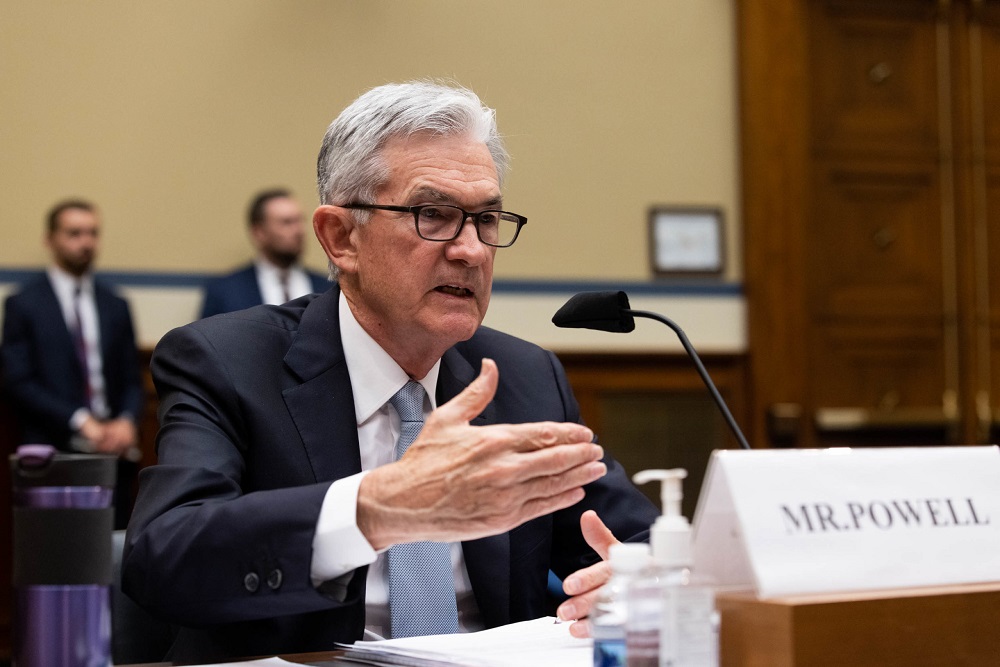Outlook for central banks’s monetary policy in 2024
There continues to be a good deal of focus on financial market pricing of central bank policy this year, particularly the Fed.

The market is too aggressive in thinking that the Fed might start to cut rates as soon as March
>> Will some central banks cut rates as expected?
We often hear that the market is too aggressive in thinking that the Fed might start to cut rates as soon as March, or the ECB in April. Indeed, many policymakers seem to be in agreement that markets might be getting ahead of themselves given the inflation picture. However, in the Standard Bank’s view, it is not surprising at all that markets are “leading” the central banks and, what’s more, it does not expect it to change even if inflation fails to decline in the way the market must be hoping.
To explain this, it is worth thinking about what goes into the financial market pricing of things like fed funds futures, or overnight interest swaps (OIS); the instruments that are used to show how the market is thinking about future rate policy. Quite clearly, the main input is the amalgam of specific views market players have about future monetary policy.
Some will expect rapid rate cuts this year, others will see something later and there might even be those that see no rate cuts at all. If we combine all these views it goes a long way to explain the pricing we see in the market. On balance, as we’ve said, this amalgam of views seems to be settling on a rate-cut path that might turn out a bit more ambitious than the central banks are thinking about at the moment.
But is that all that is priced into the market, or do other factors come into play? For instance, it seems reasonable to us that market pricing also reflects the distribution of risks around the central viewpoint. Put most simply, if the base case of the majority in the market is that the Fed will start to cut rates in June, what are the risks around this call? Do they lie in terms of a faster start to easing because some sort of adverse development happens, like a US recession, or an adverse shock such as geopolitical tensions that strain the global economy and makes the Fed act more quickly? Or do the risks lie on the other side; that persistent inflation, for instance, makes the Fed wait until later in the year to cut, or even into 2025?
In the Standard Bank’s view, the market still judges the primary risks as being of the first variety; either a known risk, such as a recession, or an unknown or unpredictable risk such as a dramatic geopolitical flare up, that makes the Fed cut faster than the perceived base case. Hence, when this risk is also thrown into the melting pot of market pricing we suspect that it ends up resulting in a market-based rate-cut schedule for the Fed – and other central banks – that probably lies below that of current central bank thinking. Now clearly there might be times when the risk lies on the other side.
>> Will the global inflation push back rate-cut prospects?
For instance, in the early stages of a tightening cycle the market might run ahead of central banks in pricing rate hikes. But most of the adjustment the market makes to what might be termed its base case for monetary policy, is in terms of lower rates or faster rate cuts simply because shocks, such as geopolitical tensions, are usually negative, and so produce lower rates, than positive shocks that might generate higher rates because growth prospects have improved as a result.
What does this imply in the future if the Fed and other central banks do drag their feet on rate cuts relative to current market pricing? Nothing much in the Standard Bank’s view. For many analysts suspect that the markets will continue to price in quite aggressive central bank easing. This might be seen as a failure to heed the relative caution that central banks are promoting. But, on the other hand, aggressive rate-cut pricing may persist simply because the market perceives that the risks are still heavily skewed in favour of aggressive cuts as geopolitical fears continue and recession risks remain high. With this in mind, the Standard Bank sees little point in central bankers telling the markets that they might be too optimistic about the path of future rate cuts because the market is not going to budge materially.








